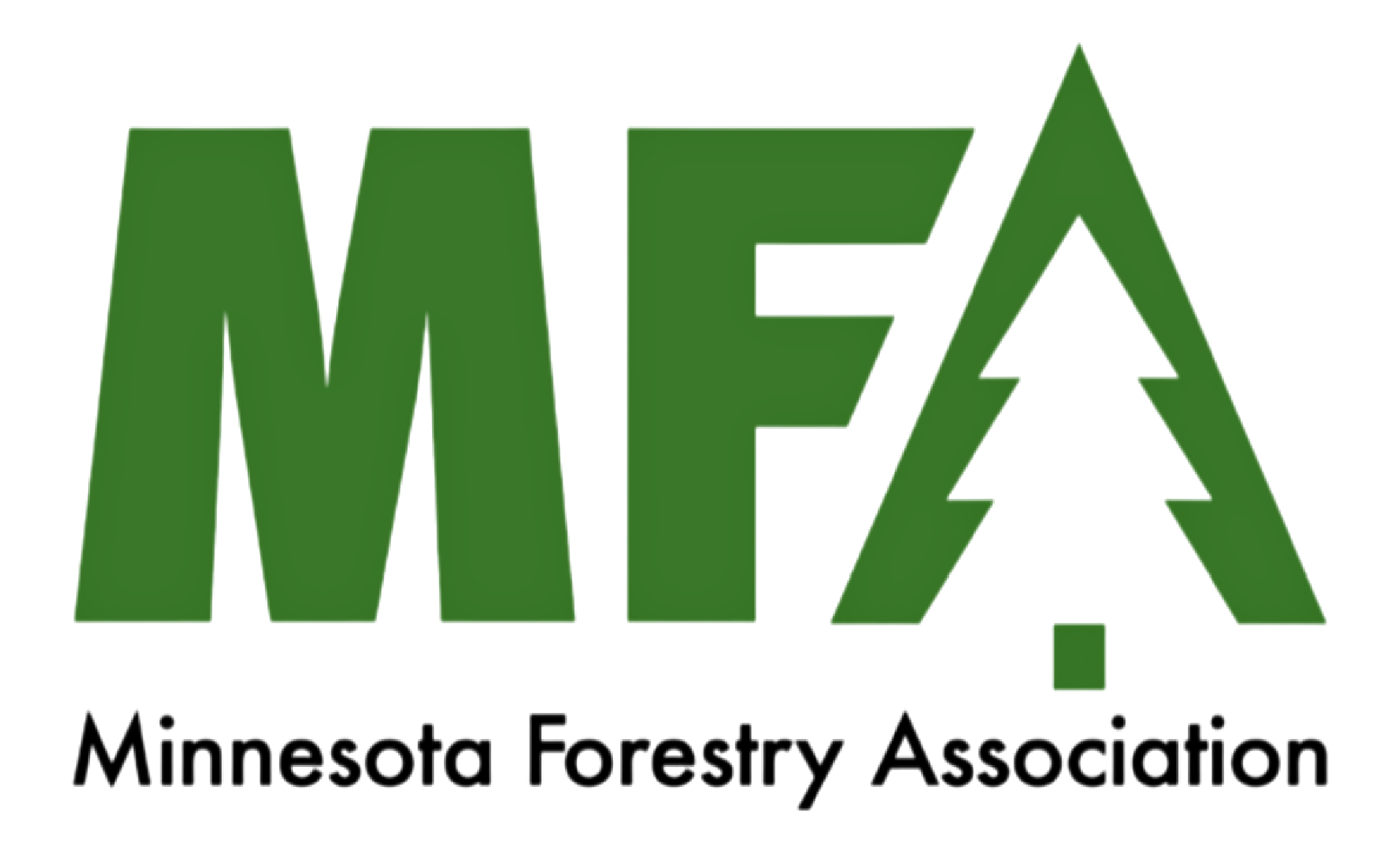Climate Change
Forest Carbon: A Reading List for Beginners
Landowner’s Guide to Carbon Sequestration Credits
Climate Change Field Guide for Northern MN Forests
Regenerative Agriculture & Sustainable Forestry Report
Keep Your Woods Healthy for Tomorrow
MFRC MN Forest Carbon Dashboard
Carbon in Minnesota Trees and Woodlands
Forest & Forest Product Carbon Benefit
New! UofM’s AI-CLIMATE Institute
2023 U.S. Renewable Carbon Resources Assessment













